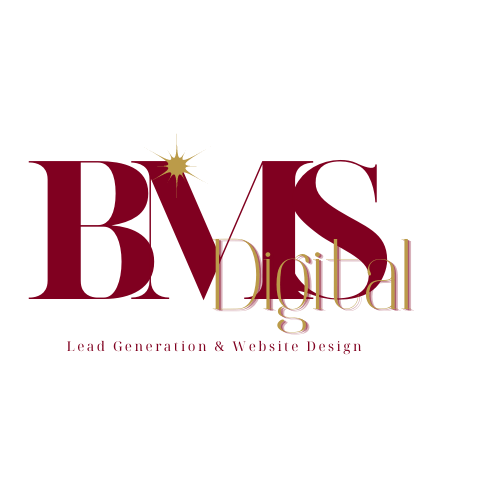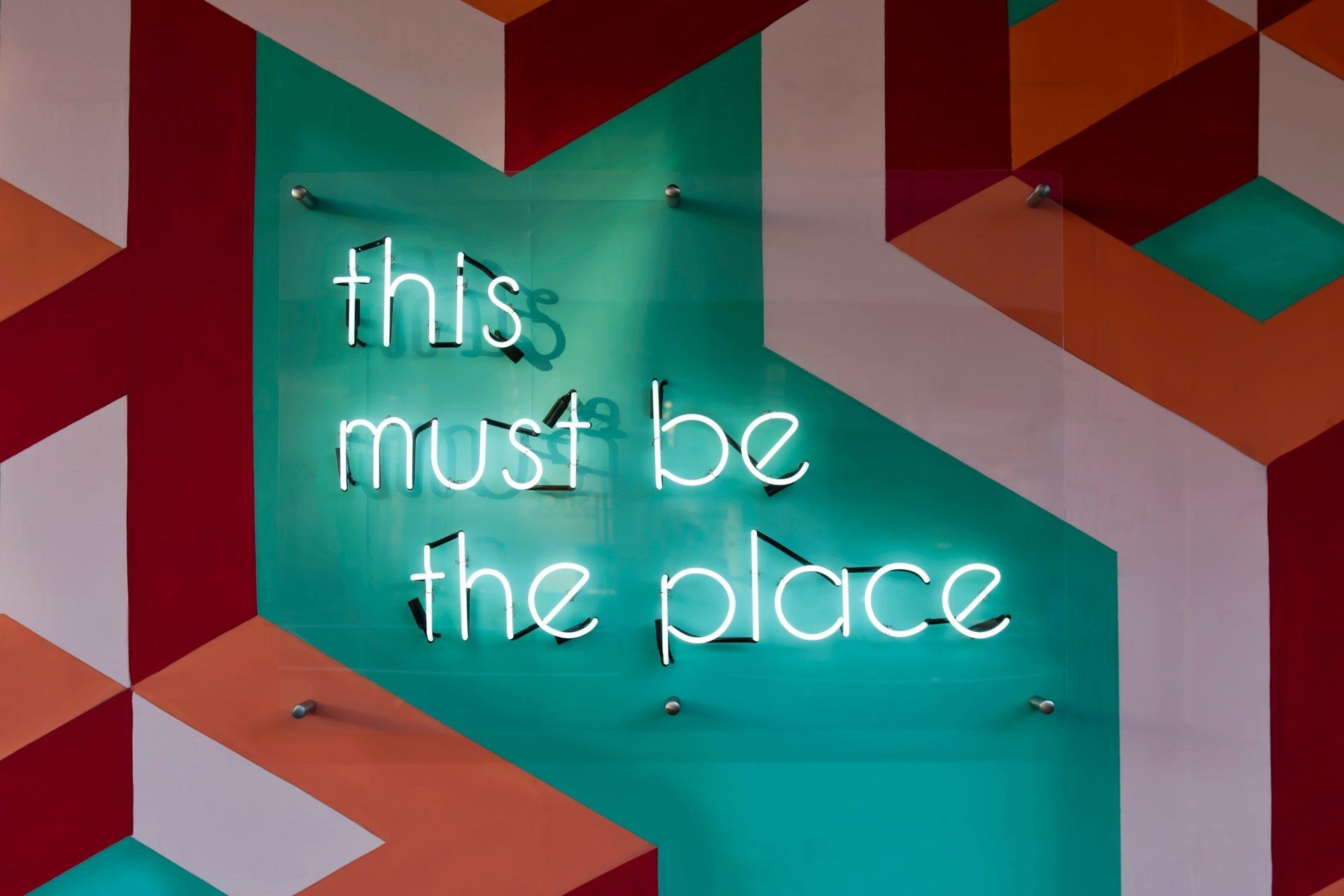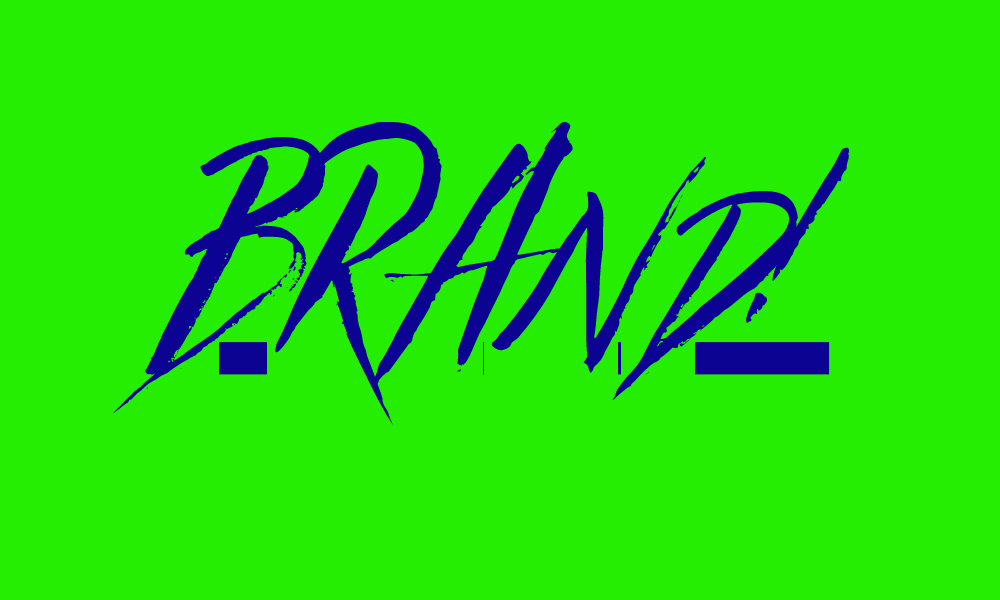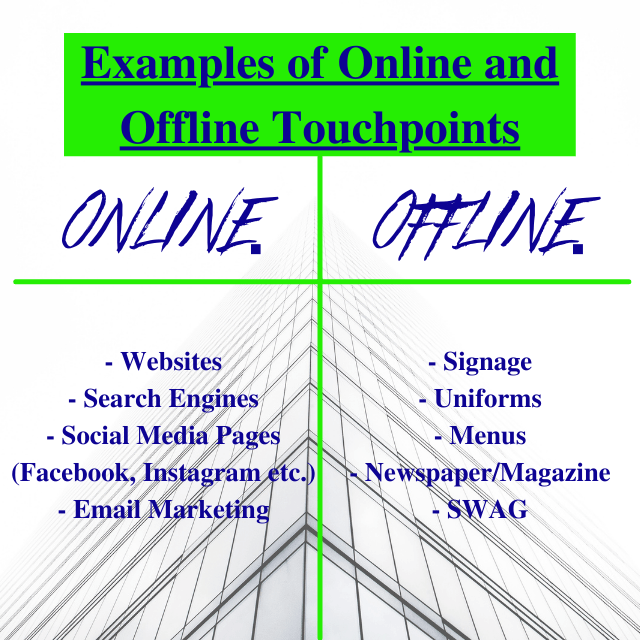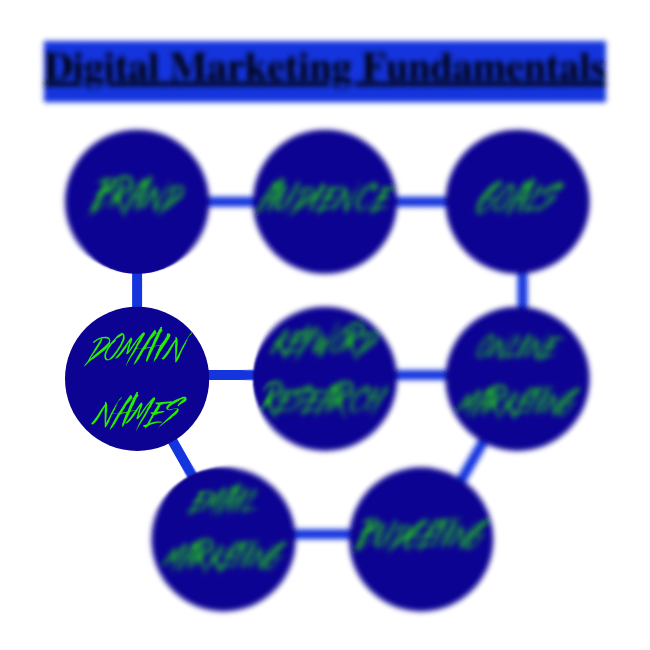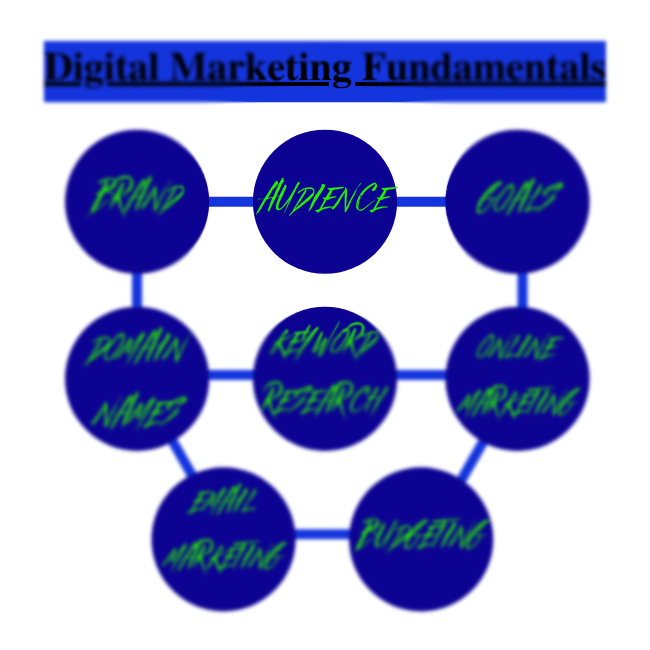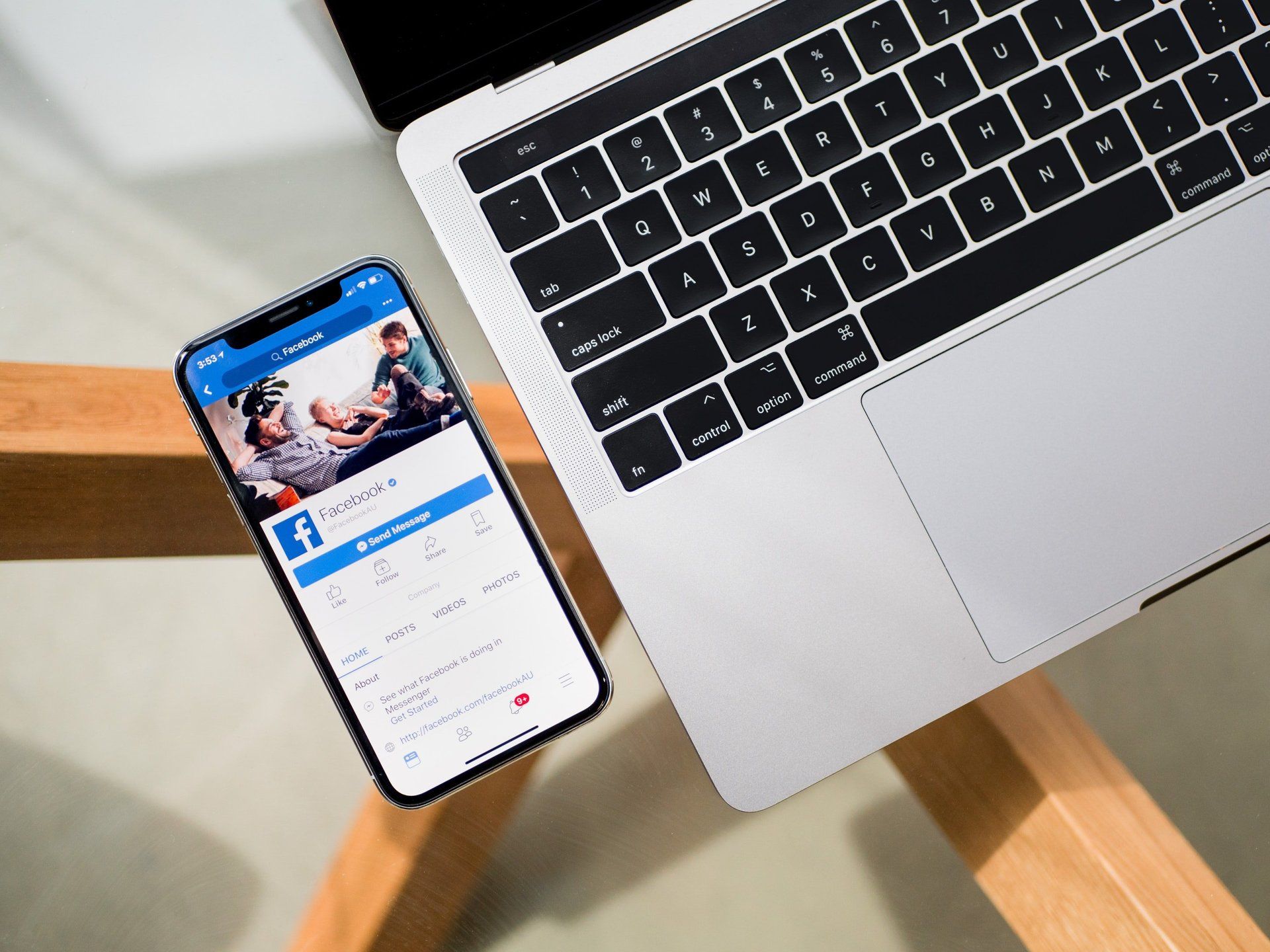A brand is the way we as people, businesses, and products are perceived by those who experience it. More than just any name or logo, its the feelings, emotionally, mentally, and physically that those assets conjure up.
Can you think of a
brand that stands out to you? I'm personally a fan of Netflix, so I'll go with that.
What comes to mind when you think of Netflix?
- Tons of great movies and shows.
- The big "DunDun" and red "N" when it launches.
- Content Creation/Development
- The Netflix Fund for Creative Equity
I suppose, yes, that is PART of what brand is, but those things do not truly encompass what we mean when we talk about the Netflix brand, or any brand for that matter!
Brand is not something tangible. You can't grab it, hold it, or even hear it.
In essence, a brand is the personality of a business, service, product or person as it is perceived by the people who have interacted with it; employees, customers,
potential customers, investors etc. They live in the minds of these people.
To put it simply, brand is a
Perception.
What makes a good brand?
Unique Selling Proposition (USP)
What sets your business apart from your competition?
A company's
Unique Selling Proposition (USP)
is an essential part of the identity of a brand. This is what is used to identify how a company sets its products or services above its competitors and to why a customer should choose them over another. A true and thorough understanding of a business' USP is imperative in order to properly acknowledge its offerings from that of its competitors.
Example:
(ABC Liquor Store who must compete with multiple other liquor stores in the area. All liquor stores offer the same basic service and products: provide a location to buy alcohol. So, the challenge for the owner is to find something to set ABC Liquor Store apart from the rest. This must be presented in an attractive yet, simple way, so that it remains memorable to the customer).
A 'USP' is broken up into 4 Main Categories
Which category does your product or service get perceived as primarily and secondarily?
- Price
- Service
- Quality
- Selection
*NOTE: "The 4-P's of marketing can be helpful when trying to determine your USP:
Product Characteristics, Pricing Structure, Placement Strategy, and Promotional Strategy." ~
Entrepreneur Magazine
Colors,
Typefaces,
Logos
"What the eyes see in a Brand"
How a brand looks is integral to its identity while reinforcing their USP. Companies selects colors and typefaces that will display its brand and message to existing and future customers and the general public. Staying consistent with the colors and typefaces is something that needs to be done! Your
website, blog, social pages and more must utilize the same colors and typefaces that a company has decided to use as a part of its corporate style.
Color could be more important than you may think. Using certain colors and maintaining consistency with them can help customers make associations with your products and services.
Typefaces, or as you may like to call them 'Fonts', should be carefully chosen by a business. The lettering that is chosen becomes linked to a brand's perception in the marketplace. This is due to a particular brand's name and/or logo always appearing the same. Not only does a company want the typeface to be legible but, to also give off those "Good Vibes" and feelings that stay inline with the company identity and design efforts.
Logos
are designs that typically consist of letters, words, or word & image, used to identify a company brand. A good logo should bring about positive associations in the minds of the consumer. They should be memorable and immediately noticeable. This is not a process that should be rushed, as this process can and should take some time and research.
*NOTE:
Logos can be legally protected.
What is a 'Touchpoint'?
